A few kilometres up the road from Qikouzhen is Lijiashan cave village, home to the extended Li family.
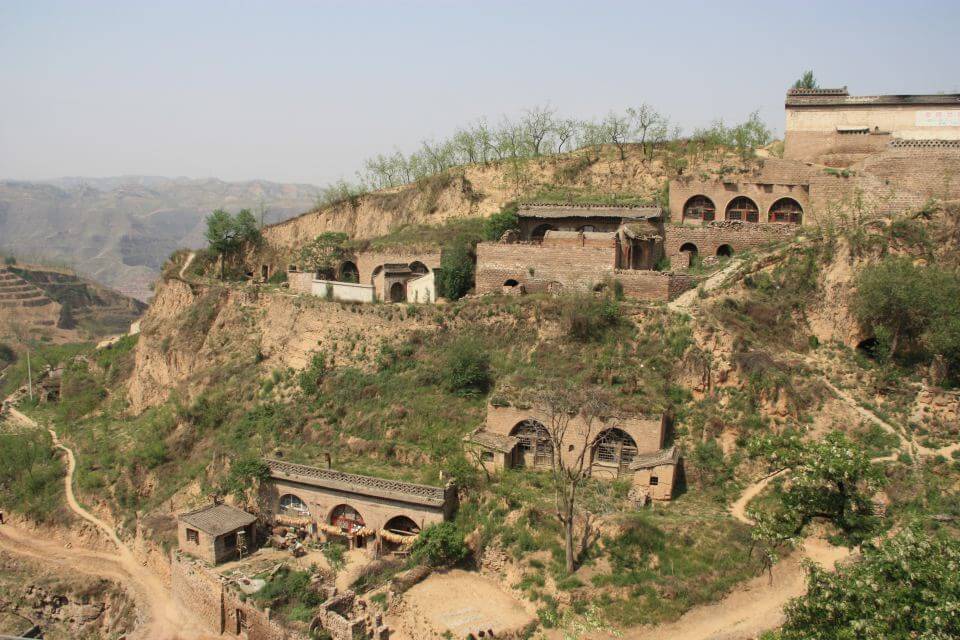
It's quite a climb up to the village, even after driving as close as possible
Lijiashan translates as ‘mountain home of the Li family’, which is a perfect description: forty people live here, of which thirty-two have the surname Li.
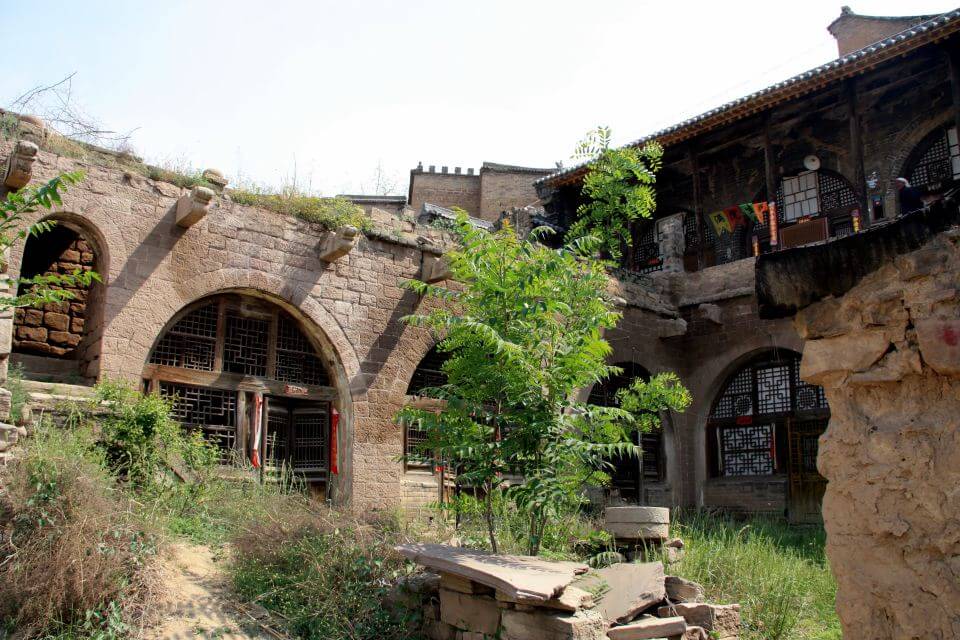
Courtyard of a home in Lijiashan Cave Village near Qikou
With temperatures in summer reaching +40C, and dropping to -40 in the winter the caves were the best form of protection against the elements. In the summer they’re cooler than the surrounding houses and combined with the Kang stove beds, much warmer in the winter.
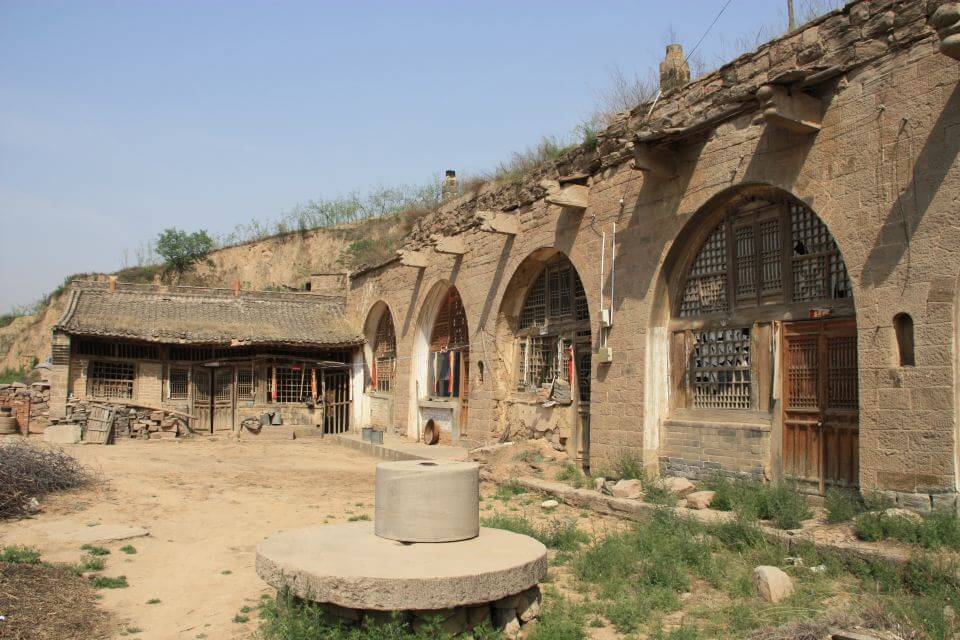
Less overgrown courtyard in Lijiashan Cave Village near Qikou
For five thousand years Shanxi people have lived in caves like these, but those that can now afford to build from scratch often extend an existing cave or choose to build something resembling a brick cave, as they feel the old way is the best way. Up to three million people in Shanxi still live in these cave homes. As with all villages in China, they now have electricity but being this remote are still waiting for running water. All water has to be drawn all the way from the Yellow River daily.
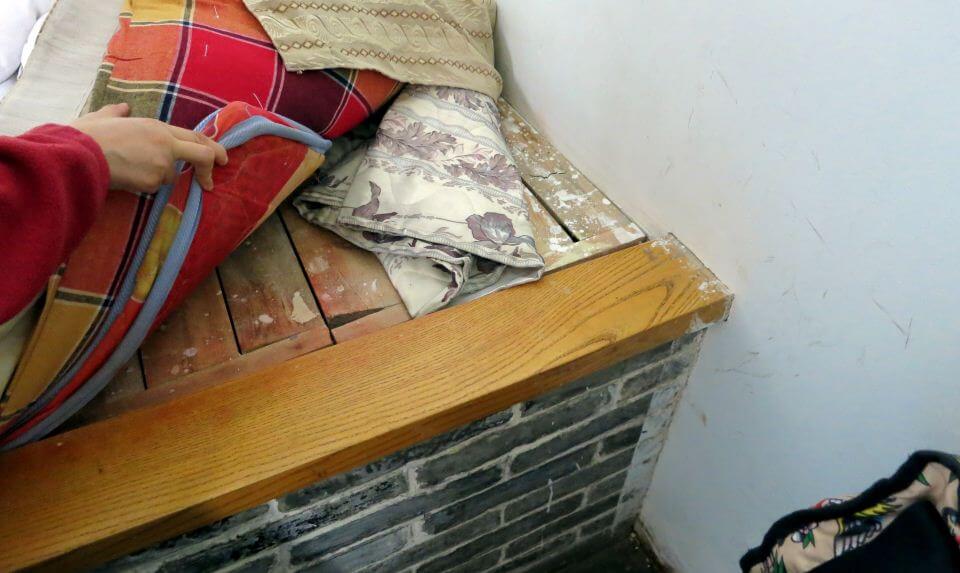
Lifting the covers and matress shows the wooden slats covering the coal.
Kang heatable stove brick beds
The Kang bed is a hollow platform made from bricks that is used both as a bed and work area. These are common in remote villages in Northern China, where the winters are harsher.
In winter a coal fire can be lit under the bed, providing a huge amount of warmth day and night. Ideally a flue leads outside to channel away the smoke.
The top of the bed is wooden slats and the mattresses can be removed to make a daytime seating area. At night the whole family may sleep on a single bed.
The platforms are reasonably high off the ground, so not perfect if you’re prone to falling out of bed!
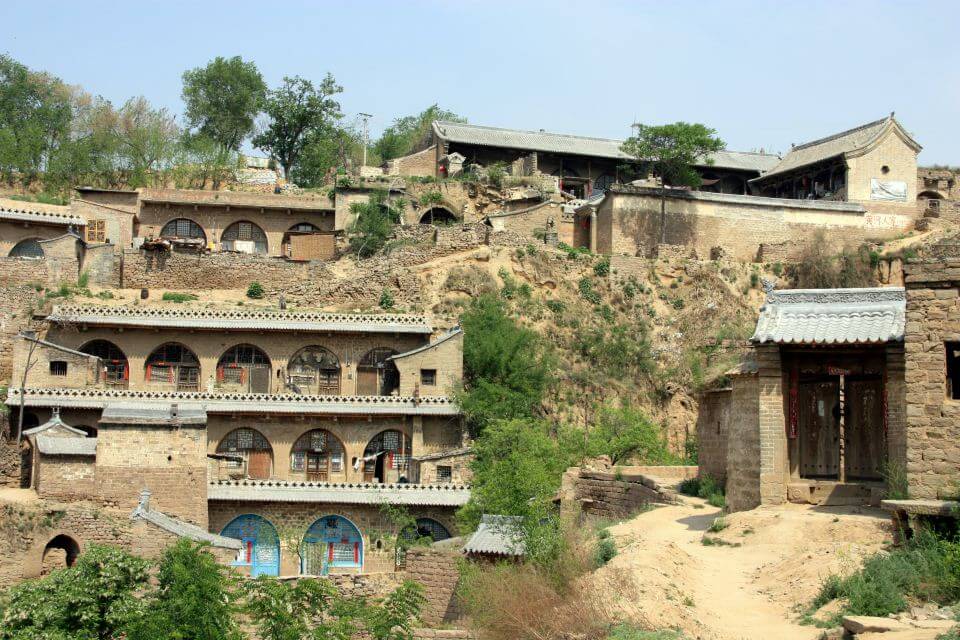
Some of the dwellings are stacked six homes high
Getting to Lijiashan
From Qikou, it’s a 40-60 minute walk South along the river bank to the turn off. From there it’s a steep hike up to the village, which can take another hour.
There are a couple of family-run home stays in the village, both using the Kang stove-beds.
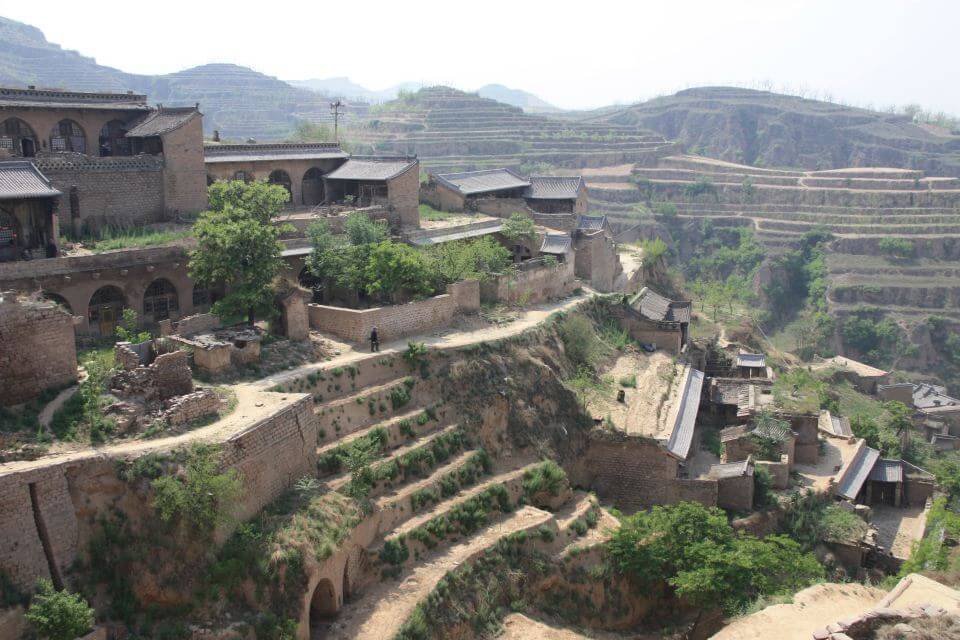
Looking down from Lijia shan Cave Village near Qikou

Did you get any pictures of the inside walls? Do they look like normal walls or do they look like the inside of a cave?
The insides weren’t very picturesque, and invariably had either a toilet or similar on show so I skipped taking a picture! The brick walls are usually covered in white plaster for human habitation, but some caves used to house livestock were simply bare rock or dirt.
You should enter the contest titled
IAMINTREPID
At Intrepid.com
I admire your off the beaten track travel style, and your writing, but you Make China look like the worst destination possible. Which it just any be.
Get on the beaten track and it’s as luxurious as anywhere in the world – more so really, but I’ve done that, so we tend to find some less obvious spots with zero tourist infrastructure.
For impressive sights, try NuanQuan lantern festival.
We’re flying to Myanmar for some relative luxury tomorrow, which may be more to your liking?
Pingback: (@acceleratedstal) (@acceleratedstal)
Very glad you ‘tend to find some less obvious spots with zero tourist infrastructure.’ THIS is where I come to read something different. Kudos!
Thanks 🙂
I want to have that heated bed, esp in the winter! Cool article!
The heated bed is a lot more comfortable than it looks, but it’s a long drop if you’re a restless sleeper!
Beautiful pictures! Love that you’re going outside of the “usual tourist attractions” and bringing to us some hidden gems!
Is this the same village featured in the National Geographic documentary “Homestays in China?”
I’ve not seen that documentary but a quick look at the trailer suggests Niujiaoshan in Hunan and Zhaitou in Guizhou